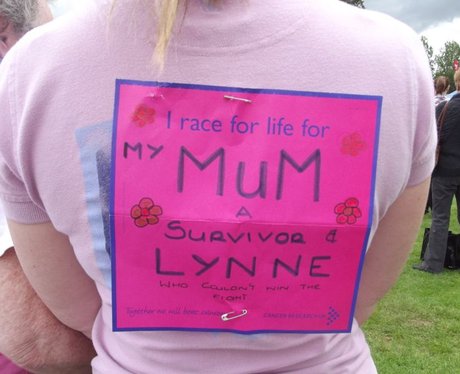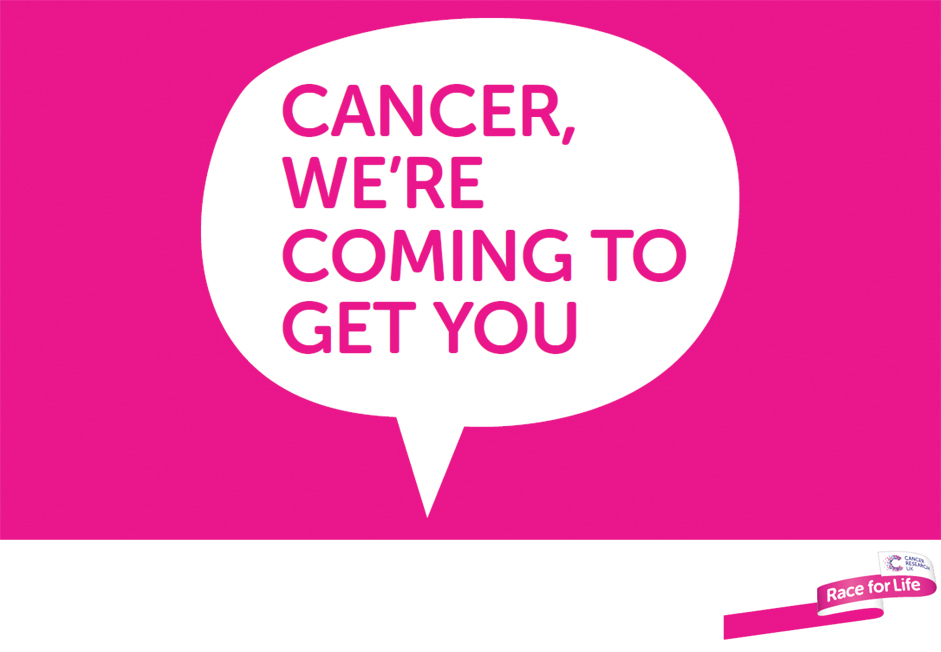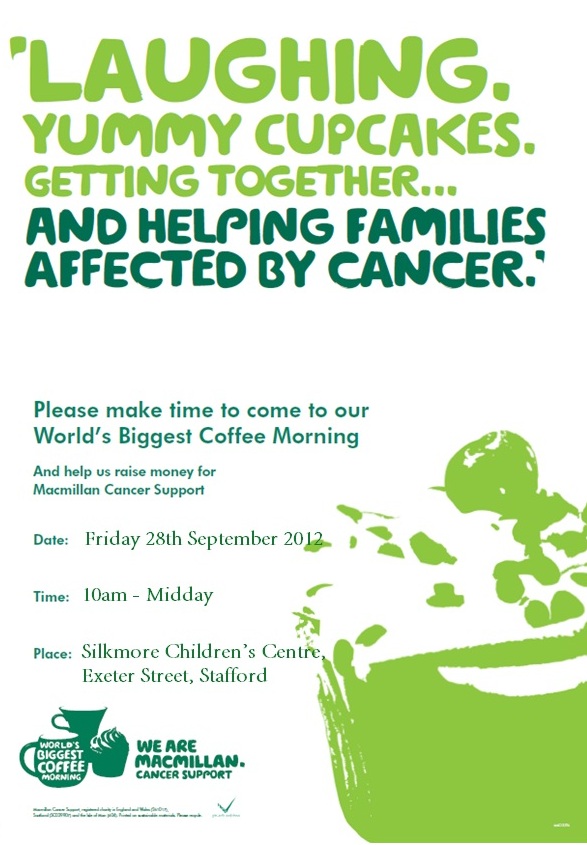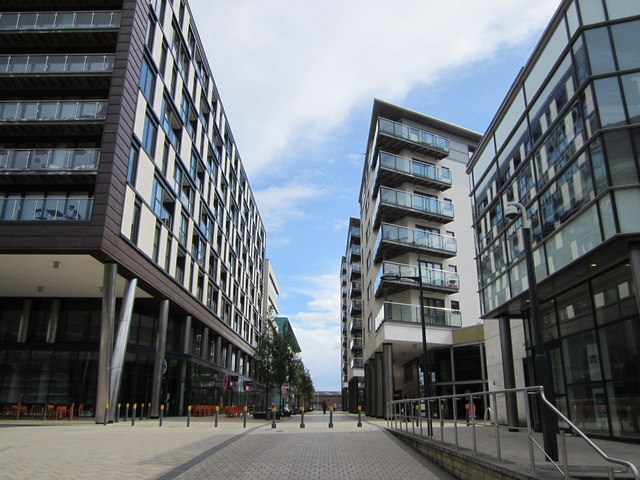Coming up with the idea for a charity exhibition was a pretty instantaneous brain wave however, it's proving a lot more difficult to come up with a brand and presence for the submission, promotion and look of the whole thing. So I've decided to look into pre existing charity promotion campaigns for some inspiration.
Stand up to Cancer
Stand up to cancer, a partnership between channel 4 and cancer research and one of the most recent additions in a long line of TV based charity promotion events/extravaganzas. This campaign burst onto the scenes around four years ago and gains more and more momentum each year.
There are many reasons for it's success from mass celebrity involvement and endorsement to some of the best video and TV based advertisements going including the 2014 SU2C advert 'It's Payback Time'.
The campaign has also been a rousing success because of the proactive stance it has taken, where as most charities play on the sob stories to twang the heart strings SU2C (and also race for life in recent years) have taken a more positive angle on the subject of cancer. When talking about the 2014 advert heads of 4Creative, John Allison and Chris Bovill said: “We wanted to create something that would empower people to stand up and throw cash in cancer's face. We did this by literally giving cancer a face. An unpleasant, pathetic, terrified and destroyable face. Then what better way to show the epic destruction of cancer than by utilising all the tropes the modern disaster has to offer. In your face cancer.”
In terms of communication and branding the strong empowering message is translated in all areas of the design. From bold uppercase letters standing strong, to inspiring powerful imagery depicting scientists and fundraisers as super heroes everything about the brand is meant to communicate action, strength and positivity.
This kind of tone is more likely to get people involved, instead of presenting problems they are communicating potential solutions making people feel like what they do and the money they donate can make a difference.
The Big Knit
The Big Knit, a partnership of Age UK and Innocent, is a yearly charity event that's been running since 2003. The event asks people to knit tiny hats to be placed on the top of tiny innocent smoothie bottles. These bottles are then sold and 25p from each bottle goes to Age UK to help elderly people keep warm over winter.
The whole event works because it is nothing short of adorable, it just is. Tiny collectable hats, each one unique and hand made all to go towards a good cause. It works for me, every year I buy up bottle after bottle of smoothie just to collect the tiny hats because I love them. As one of the big knit's main contributors said, “The Big Knit is an idea that makes you smile. How can you not smile at little hats on bottles?”
The tone of voice is friendly and positive with a touch of humour and it successfully plays on it's cuteness. It has been received well and continues to work and attract audiences due to it's collectable and positive nature. People want tiny hats and people like to think they are helping. Instead of giving 25p to a collection tub the donator gets something from their good deed, they get a tiny adorable little hat. The branding plays on this, as well as innocents existing brand, by using their chunky, lower case friendly font, coupled with simple illustrations of wool and hats, all made to produce a smile and look like they're not taking themselves to seriously. The innocent brand translates well into a creative promotions campaign, by coming across as simple they can easily gain trust and momentum.
As far as promotion goes they use TV adverts (their current campaign has been the same campaign they've used for the past few years) and by using their own products. It's clever and it saves on producing more posters and promotional material.
Race for Life
Race for life is a female based running event with many held all across the UK. They certainly make the female aspect obvious with everyone drenched in pink but take a very powerful and positive stance, sometimes bordering on the comedic, with famous offensive tag lines including 'In your face cancer, you berk'.
Other than the stand out pink one of the most notable aspects of RFL is the personalised messages. Each runner can customise, create and write a 'banner' to be worn on their backs proclaiming who they run for. This personal angle coupled with the empowering feeling makes an audience feel that every step ran have a physical affect on cancer. It is essentially a more physical, more female voice that SU2C employs, a very motivating campaign and event that makes people really feel like they are making a difference.
Mc Millan Coffee Morning

















































